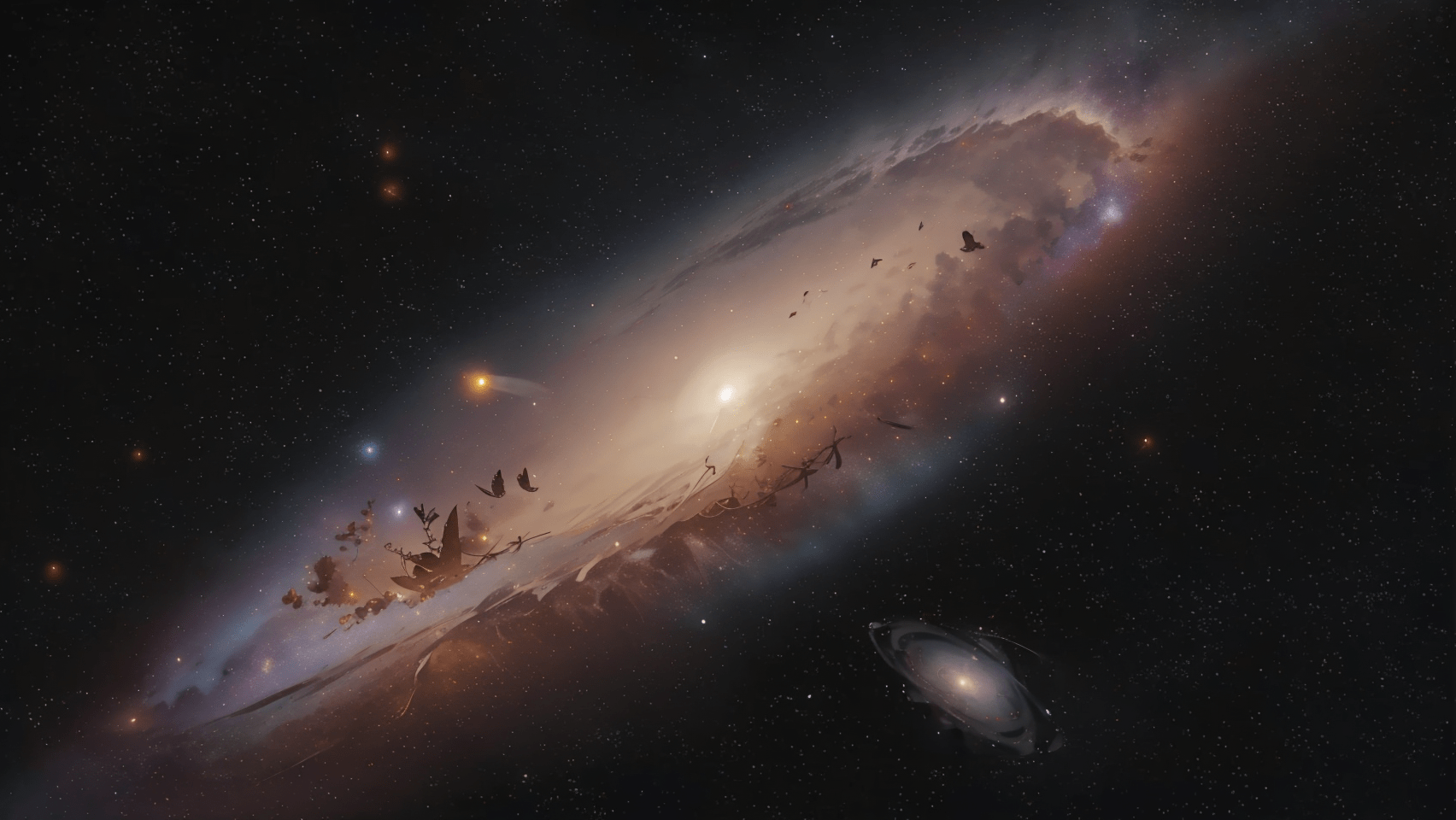The Andromeda Galaxy, also known as M31 or NGC 224, is our closest galactic neighbor. It is a large spiral galaxy located approximately 2.537 million light-years away from Earth in the Andromeda constellation. Studying this galaxy provides scientists with a unique opportunity to understand deeper aspects of cosmology, galaxy structure, evolution, as well as various aspects of astronomy and physics.
In this article, we will delve into the history of Andromeda Galaxy’s exploration, its key characteristics, and structure, as well as significant discoveries made through studying this captivating celestial object.
History of Andromeda Galaxy’s Exploration
The first mention of the Andromeda Galaxy can be traced back to Ptolemy, an ancient astronomer, who observed its existence around the year 964 AD. However, significant progress in studying this galaxy occurred in the 20th century with the advent of more sophisticated telescopes and advancements in technology. Over the decades, astronomers have been investigating Andromeda using various methods and instruments to gain a better understanding of its properties and peculiarities.
Key Characteristics of Andromeda Galaxy
The Andromeda Galaxy has a mass approximately 1.5 times larger than that of the Milky Way and is one of the largest galaxies in the Local Group, which comprises around 54 galaxies. It spans a diameter of about 220,000 light-years and represents a typical spiral galaxy with a central bulge and spiral arms emanating from the center.
Within the Andromeda Galaxy lie billions of stars, various gas clouds, and dusty structures. Its stars are distributed across different classes and brightness levels, providing astronomers with ample information about star structure and evolution. Moreover, the Andromeda Galaxy serves as a source of various astrophysical phenomena, such as supernova explosions and gamma-ray bursts.
Structure of the Andromeda Galaxy
The Andromeda Galaxy consists of a central bulge surrounded by bright spiral arms. The central bulge comprises old stars and stable gas clouds, forming bright and compact regions at the center of the galaxy. The spiral arms, on the other hand, host younger stars and more active regions with forming stars and gas clouds.
One intriguing aspect of the Andromeda Galaxy’s structure is its satellites. These are small galaxies that surround or interact with Andromeda. They serve as interesting laboratories for studying gravitational interactions between galaxies and their evolution.
Significant Discoveries and Studies
Studying the Andromeda Galaxy has led to numerous significant discoveries and insights into cosmological processes. One of the notable findings was the detection of planetary nebulae within it, which has attracted the attention of many astronomers. Planetary nebulae are gas and dust clouds formed by mass ejections from stars in their final stages of life. They provide information about the end stages of stellar evolution.
Another interesting discovery includes the identification of numerous variable stars within the Andromeda Galaxy. These are stars whose brightness fluctuates over time, offering astronomers valuable information about their physical properties and characteristics.
The study of the Andromeda Galaxy has also enhanced our understanding of galaxy structure and evolution. It has become a subject of research in the field of galactic astronomy, contributing to expanding our knowledge of galaxy formation and development within the Universe.
Future Research
The exploration of the Andromeda Galaxy remains ongoing, and scientists continue to expand their knowledge of its structure, evolution, and physical properties. Modern telescopes and instruments, such as the Hubble Space Telescope and the Atacama Large Millimeter/submillimeter Array (ALMA), provide new opportunities for investigating this fascinating galaxy.
The study of the Andromeda Galaxy holds great significance for cosmology and astronomy as a whole. It allows scientists to comprehend deeper aspects of the cosmos and the nature of galaxies, broadening our understanding of the Universe and our place within it. Through modern technologies, ongoing research into this galaxy continues to unveil its mysteries and provide astonishing new discoveries that contribute significantly to astronomy and our collective understanding of the Universe.




